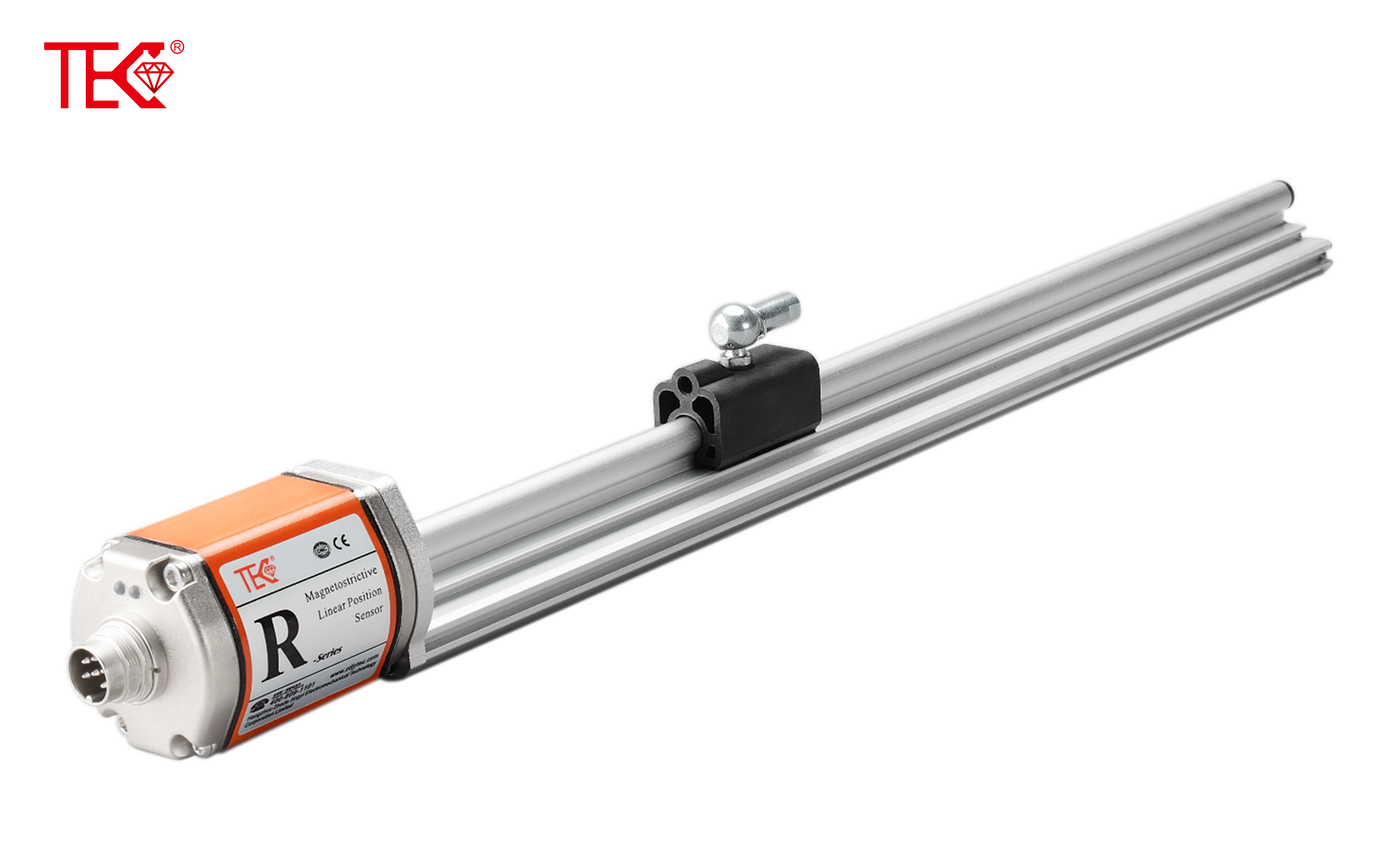How to Install and Maintain a High-Precision Displacement Sensor?
**How to Install and Maintain a High-Precision Displacement Sensor**
In today's technology-driven world, high-precision displacement sensors play a crucial role in various industries, from manufacturing to robotics and aerospace. Accurate measurements of displacement are essential for ensuring the reliability and performance of various systems. This guide will walk you through the steps of installing and maintaining a high-precision displacement sensor, ensuring its optimal operation.
**1. Understanding Your High-Precision Displacement Sensor**
Before installing a high-precision displacement sensor, it's crucial to understand its specifications, limitations, and intended application. This includes familiarizing yourself with the sensor's measuring range, accuracy, and resolution. Additionally, reading the manufacturer's manual thoroughly will provide you with valuable insights into the installation process and any specific requirements or considerations.
**2. Preparing for Installation**
Once you have a clear understanding of your sensor, it's time to prepare for installation. This includes identifying the optimal location for the sensor based on the measurement requirements. Ensure that the chosen location is free from vibration, shock, and excessive temperatures that could affect the sensor's performance. Additionally, prepare the necessary tools and equipment for installation, such as mounting brackets, fasteners, and wiring accessories.
**3. Installing the High-Precision Displacement Sensor**
The installation process varies depending on the specific type and model of your high-precision displacement sensor. However, the general steps include mounting the sensor securely to the desired location using the provided brackets and fasteners. Ensure that the sensor is aligned properly and tightened securely to prevent any movement or vibration. Once the sensor is mounted, connect the wiring according to the manufacturer's instructions, ensuring that all connections are tight and free from damage.
**4. Testing and Calibration**
After installation, it's essential to test and calibrate your high-precision displacement sensor to ensure its accuracy. This typically involves moving the object or surface you're measuring and verifying that the sensor's output corresponds accurately to the actual displacement. If necessary, use the sensor's calibration feature or follow the manufacturer's instructions for fine-tuning the sensor's output.
**5. Regular Maintenance and Inspection**
Maintaining your high-precision displacement sensor is crucial for ensuring its long-term reliability and performance. Regular inspections should include checking for any signs of wear or damage to the sensor's housing or wiring. Additionally, ensure that the mounting brackets and fasteners are secure and tightened as needed. If the sensor is exposed to harsh environments or frequent use, consider implementing a more rigorous maintenance schedule.
**6. Troubleshooting and Replacement**
If you encounter any issues with your high-precision displacement sensor, such as inaccurate readings or malfunctioning components, it's important to troubleshoot the problem promptly. This may involve checking the sensor's wiring connections, recalibrating the sensor, or replacing worn-out parts. If the issue persists, consult the manufacturer's manual or contact their support team for further assistance. In some cases, it may be necessary to replace the sensor entirely.
By following these steps, you can install and maintain your high-precision displacement sensor with confidence, ensuring its optimal performance and accuracy. Remember to always refer to the manufacturer's manual and instructions for specific details and requirements related to your sensor's model and application.
 How to choose a magnetostricti
How to choose a magnetostricti
 Where can the magnetostrictive
Where can the magnetostrictive
 How to choose a magnetostricti
How to choose a magnetostricti
 Working principle of explosion
Working principle of explosion
